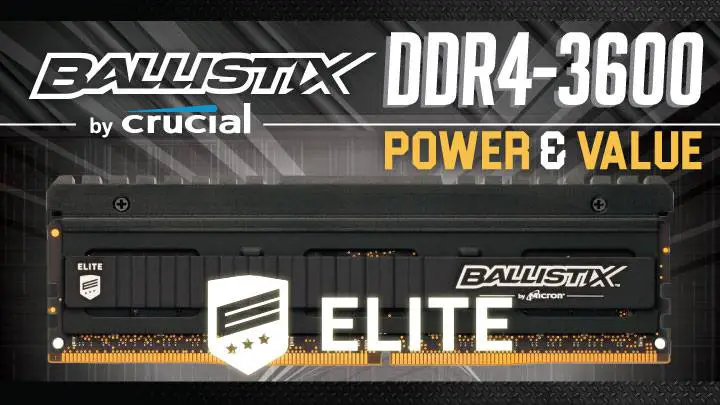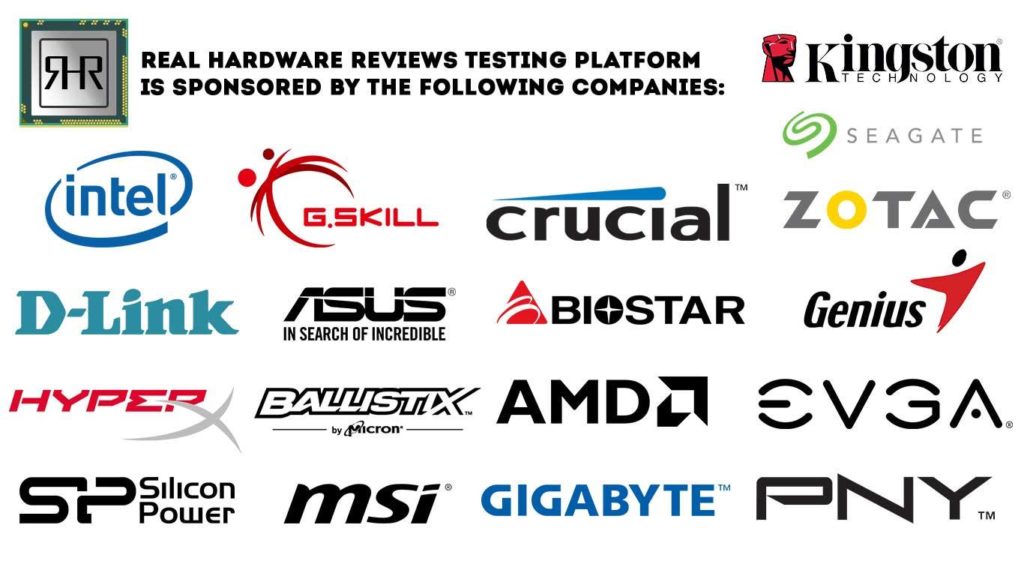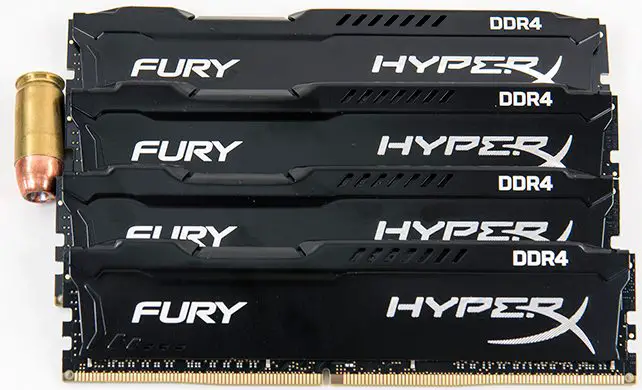The reasons to purchase a high-performance RAM kit are as varied as the consumers who purchase them. For some application load time is the deciding factor in their purchasing decision. For others it is Virtualized Operating System performance, or game load times. For others still, it is to shave a .1 of second off their synthetic test scores so as to climb ever higher in the online rankings that various sites host.
With such a wide variety of criteria, it behooves us to use as wide and varied a list of testing protocols as possible. As such we have used a blend of synthetic and real-world benchmarks, as well as custom real-world game benchmarking.
The OS was a fresh clean install of Windows 10 with all latest hotfixes, patches and updates applied.
To show the performance differences we have tested at numerous frequency settings and timings. All tests were run 4 times and average results are represented.
For overclocking we do not overclock the CPU and rather only the RAM is overclocked to show performance gains that the RAM will net consumers. To ensure that any overclock we do obtain is realist we also limit voltage to – at most – 1.40volts. Anything above this bordering on dangerous to the RAM and will noticeably reduce the longevity of the DDR4 RAM ICs.
Main Test System Intel Z370
Processor: Intel i7 8700K
Memory: Test Kit
Video Card: MSI 980Ti Lightning
Motherboard: ASUS TUF Z370-pro gaming
Cooling: Noctua NH-D15
SSD: 1x Intel 750 1.2TB NVMe SSD
Power Supply: Corsair AX860i
Monitor: Dell U2714H
OS: Windows 10 Pro x64
Main Test System Intel X299
Processor: Intel i9 7920X
Memory: Test Kit
Video Card: MSI 980Ti Lightning
Motherboard: ASUS TUF X299 Mark 1
Cooling: Noctua NH-D15
SSD: 1x Intel 750 1.2TB NVMe SSD
Power Supply: Corsair AX860i
Monitor: Dell U2714H
OS: Windows 10 Pro x64











